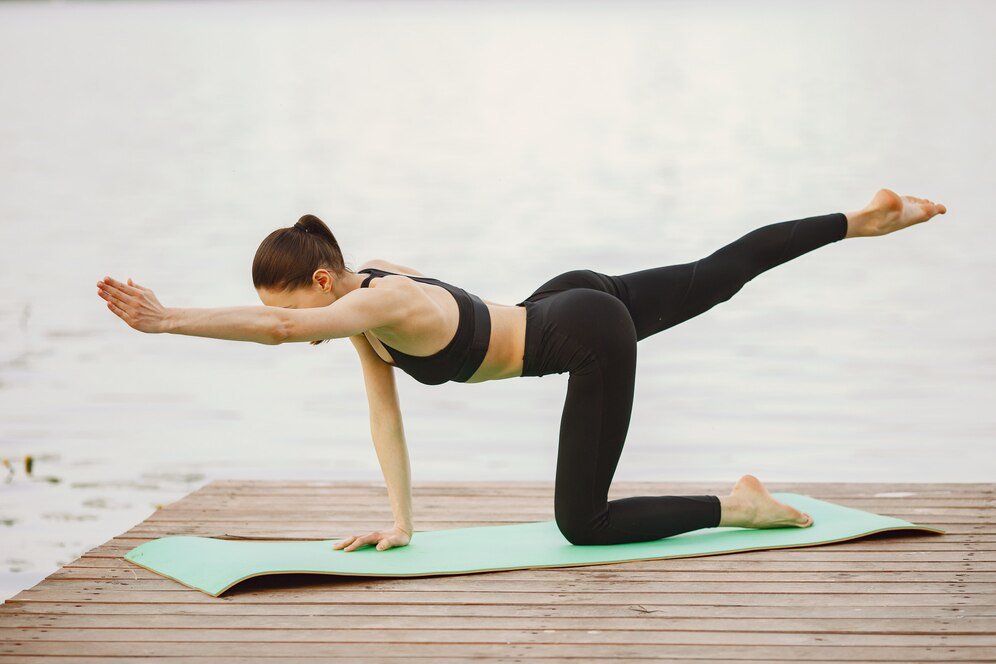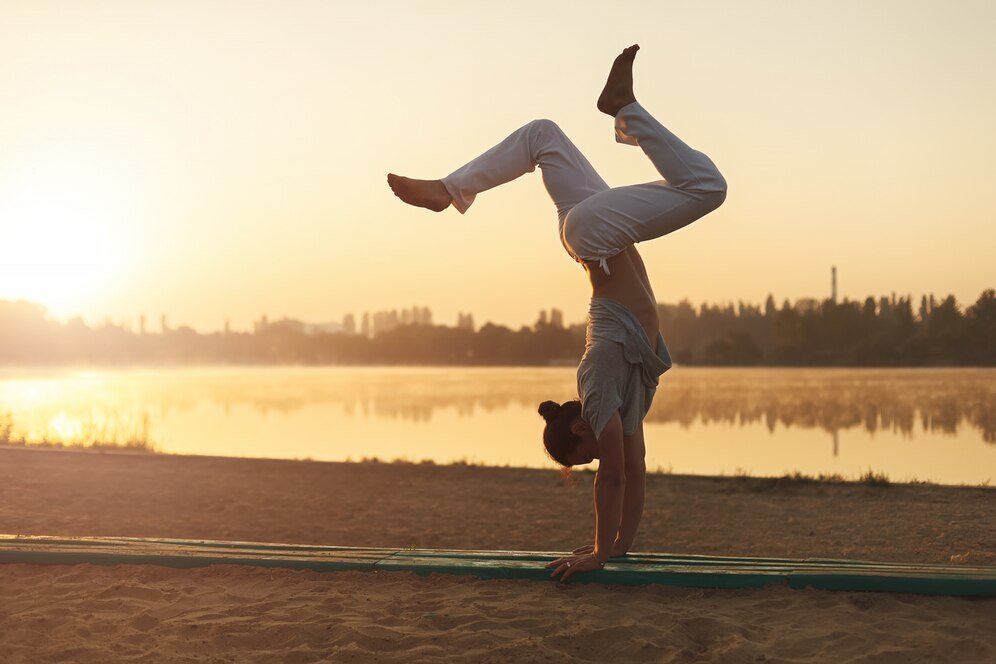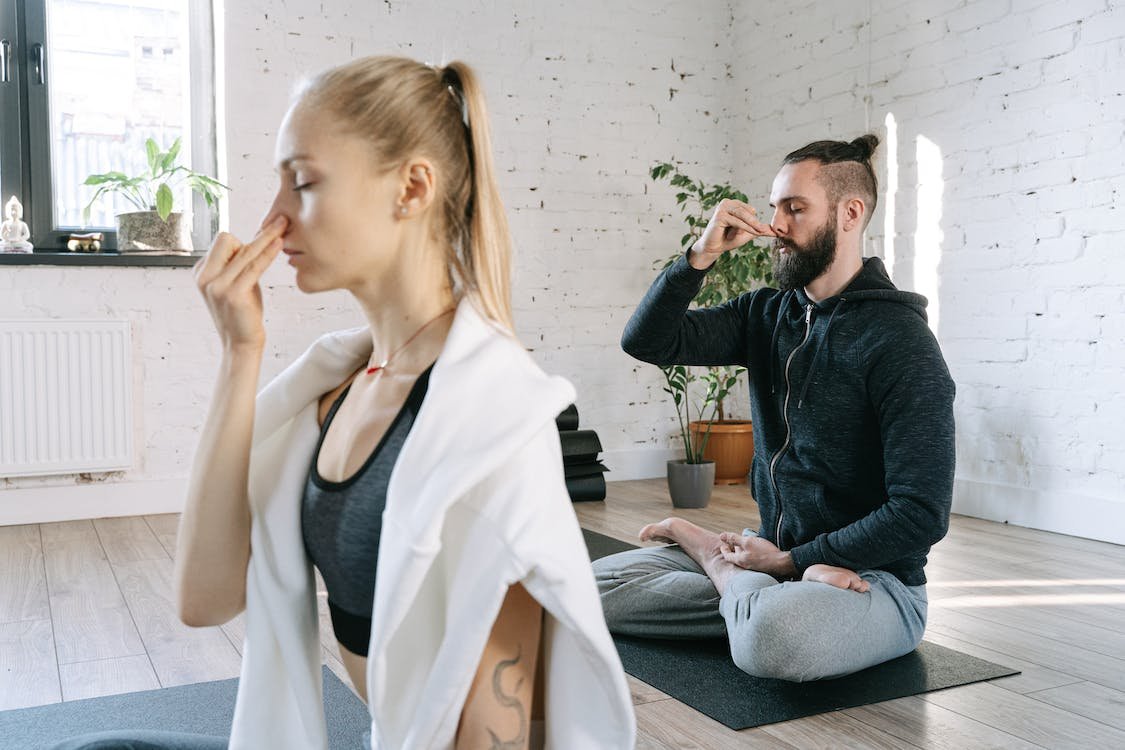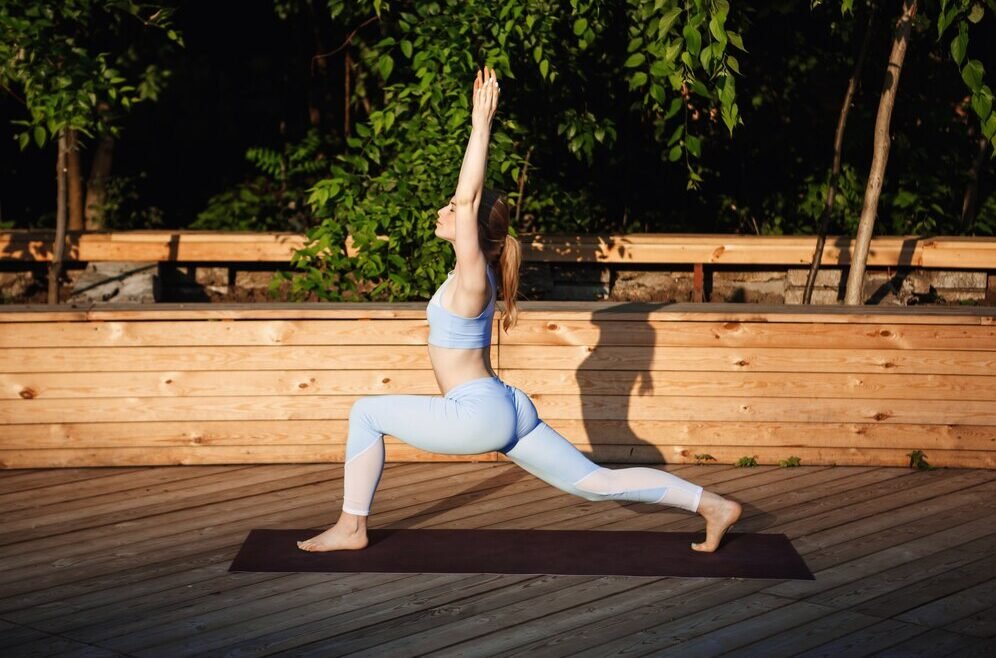Yoga for athletes.
Yoga for athletes is becoming increasingly popular. Athletes, who are interested to integrate their practice in the sport, do not hesitate for yoga. Yoga for athletes helps to combine correct balances of the body and the mind. Also tangible… THRUST a Yoga program in sports training can improve the performance in all sports.
The Yoga athletes offer many exercises that can be incorporated into our educational exercise. Most athletes exercised with weights and other processes with repetitive movements. This rigorous exercise develops specific muscle groups, while ignoring others. Also, vigorous exercise training can make some areas of the body strong and let other weak and stiff. This creates imbalances in the body. The Yoga can fix these imbalances, and help to strengthen the muscles that have been neglected, with restoration yoga; athletes can uniforms their muscles through various poses.

Yoga can be incredibly beneficial for athletes, helping to improve flexibility, strength, balance, mental focus, and overall performance.
Here are some tips tailored specifically for athletes incorporating yoga into their training routines:
- Start Slow: If you’re new to yoga, begin with beginner-friendly classes or sequences. Don’t push yourself too hard initially, especially if you’re already engaging in intense physical activity.
- Focus on Breath: Yoga emphasizes linking breath with movement. Pay attention to your breath, inhaling deeply through the nose and exhaling fully. Proper breathing can enhance your performance and help you relax into poses.
- Work on Flexibility: Many athletes, especially those in sports like running, weightlifting, or cycling, can benefit from increased flexibility. Include yoga poses that target areas prone to tightness, such as hips, hamstrings, and shoulders.
- Build Strength: While yoga is often associated with flexibility, it also builds strength, especially in stabilizing muscles and the core. Incorporate poses that challenge your strength, such as plank variations, warrior poses, and balancing poses like tree pose.
- Balance Training: Balance is crucial for athletic performance and injury prevention. Include balance-focused poses like tree pose, eagle pose, and warrior III in your practice to improve proprioception and stability.
- Rest and Recovery: Yoga can also be used as a tool for active recovery. Include gentle, restorative yoga sessions in your routine to help your body recover from intense workouts and reduce the risk of injury.
- Mindfulness and Focus: Yoga cultivates mindfulness and mental focus, which can be beneficial for athletes during training and competition. Practice mindfulness techniques like body scan meditation or focused breathing to enhance mental clarity and concentration.
- Listen to Your Body: Pay attention to how your body feels during yoga practice. If a pose causes discomfort or agony, alter or skip it. Yoga should complement your training and help prevent injury, not exacerbate existing issues.
- Stay Consistent: Like any form of training, consistency is key to seeing results. Aim to incorporate yoga into your routine regularly, whether it’s a few times a week or daily, to experience the full benefits.
- Seek Guidance: Consider taking classes with a qualified yoga instructor, especially if you’re new to yoga or want to focus on specific goals or areas of improvement. A knowledgeable instructor can provide guidance on proper alignment, modifications, and sequencing tailored to your needs as an athlete.
By integrating yoga into your training regimen with these tips in mind, you can enhance your athletic performance, prevent injuries, and promote overall well-being.

Why Yoga for Athletes is needed?
Whether you’re skiers, football or play cricket. Only courses of Yoga have an ability to offer a powerful impact for top performance in the sport of your preference. Because Yoga for athletes is the link which makes the relationship between body and mind stronger.
Yoga can help the athlete to learn; to better this will improve balance, flexibility, strength and endurance. Although the proper breathing is the basis of education each sport, most athletes ignore. The Yoga will bring awareness and breathing will become better by correcting this deficiency, which is so important for all sports. The Union body and mind with breathing techniques is a sure method to strengthen and increase our strength. Also bring the concentration, focus also on intuition. This is the only priority for the athlete in relation to their teammates.
YOY MAY ALSO LIKE TO READ Introduction to Yoga
Benefits of Yoga for athletes
The different postures in Yoga make strong abs and various expansions on asanas (postures) are complementary to the workout. But I do not like the gym. The Yoga can be carried out without heavy machinery. A sandy beach is the perfect carpet for practicing with soothing acoustic wave device, while a ratio above background sky is the perfect image of relaxation in our exercise.
Regular exercise with Yoga offers flexibility and agility, and holidays drives are perfect for athletes. Poles, who love sports, are already using movements of Yoga, warm-up and relaxation. Gymnasts who use Yoga for athletes in training have the relaxing process integrated with the practice, and emphasize clarity and peace of mind.
In this way yoga can transform a boring sport training repetitions in a beautiful and deep contact with themselves. We can customize the Yoga in our personal needs. Besides a beautiful exercise to become conscious in motion by adding another dimension to the body’s flow an flexibility. It reflect clear mind of the athletes in full operation.
Best Asana for Athletes
Athletes are usually people who have specific goals and need to feel success in their education. Asana like crow or crane pose (Bakasana), support the hands (Adho Mukha Vrksasana), and the Chair pose (Utlatasama) os very useful. Because the give a feeling of success along with body fitness. Few asana like Surya Namaskar, sirshasana, sarvangasana are also very beneficial.
But when athletes come for yoga classes is good to inform them that it is not fast work. The Yoga for athletes and especially the treatment with it. Particularly in body injuries, the trainee must have patience to correct the problem. Athletes use yoga to cope with an injury form sports.

YOY MAY ALSO LIKE TO READ Anulom Vilom.
In any case, the Yoga gives the athlete awareness of the body and more aware of the limits and the ways to overcome them. Obtaining laxity not only focused on success and power, but includes self-awareness. With tool like Yoga in competitive periods may have the antidote to insomnia stress and mental fatigue, the recipe for endless endurance?
Anulom Vilom, also known as Nadi Shodhana or alternate nostril breathing, is a breathing practice in yoga that helps balance the body and calm the mind. Here’s a step-by-step guide on how to do Anulom Vilom:
Prepare: Find a comfortable seated position either on the floor or on a chair with your spine upright and shoulders relaxed. You can place your hands on your knees or in a mudra (gesture) such as Chin Mudra (thumb and index finger touching, other fingers extended).
Relax: Close your eyes gently and take a few deep breaths to relax your body and mind. Let your breathing become calm and smooth.
Hand Position: Use your right hand for this practice. Place your right thumb gently on your right nostril to close it, and place your right ring finger or pinky finger (whichever feels more comfortable) on your left nostril to close it. Your index and middle fingers can rest lightly on your forehead or between your eyebrows.
Inhale: Close your right nostril with your thumb and inhale slowly and deeply through your left nostril. Focus on filling your lungs completely with air, expanding your abdomen, then your ribcage, and finally your chest.
Pause: Once you’ve inhaled fully, release your thumb from your right nostril and close your left nostril with your ring or pinky finger.
Exhale: Exhale slowly and completely through your right nostril. Focus on emptying your lungs completely, starting from your chest, then your ribcage, and finally your abdomen.
Inhale: Keeping your left nostril closed, inhale slowly and deeply through your right nostril.
Pause: Once you’ve inhaled fully, release your ring or pinky finger from your left nostril and close your right nostril with your thumb.
Exhale: Exhale slowly and completely through your left nostril.
Repeat: Continue this alternating pattern of inhaling and exhaling through each nostril for several rounds, maintaining a slow and steady pace. Aim to match the duration of your inhalations and exhalations.
Conclude: After completing several rounds, release your hand from your face and take a few natural breaths with both nostrils open. Take note of any physical or mental experiences.
Reflect: Take a moment to observe how you feel after practicing Anulom Vilom. Notice any changes in your breath, energy levels, or mental state.
Anulom Vilom can be practiced for a few minutes as a standalone practice or incorporated into a longer yoga or meditation session. It’s a simple yet powerful technique for calming the mind, reducing stress, and promoting overall well-being.
BY SWAMI SRI RAM
Ancient Himalayan Lineage of Yogis



